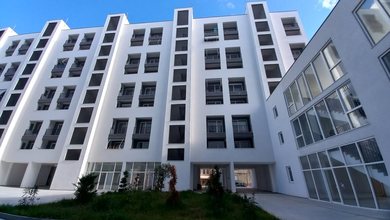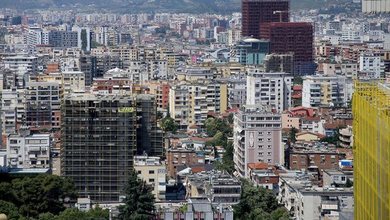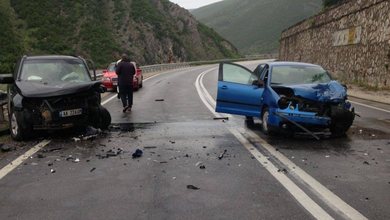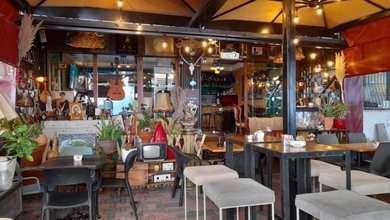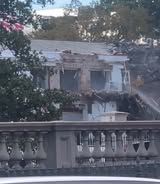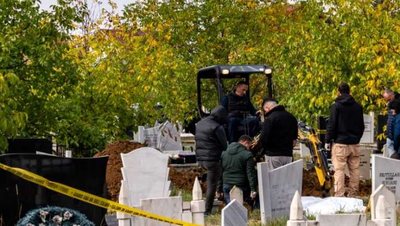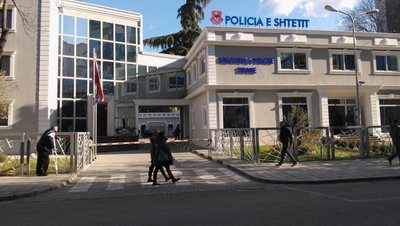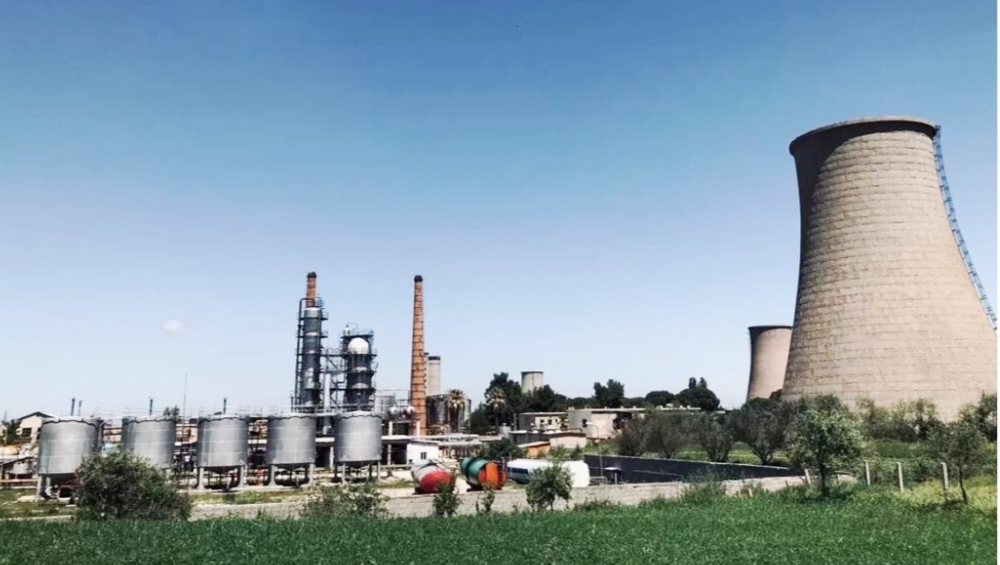
Albania continues to face a heavy legacy of hazardous chemicals and heavy metals, deposited for decades in industrial, mining and agricultural areas.
According to official documents from the National Environment Agency and the National Plan for Integrated Waste Management 2020-2035, several "hotspots" pose a serious risk to both the environment and the health of residents.
Elbasan and the metallurgical complex are mentioned as one of the most problematic areas, where over 1.5 to 2 million tons of waste from heavy metals such as ferronickel and ferrochrome have been deposited, which have significantly polluted the Shkumbi River.
The Balëzi area, also in Elbasan, has also been contaminated with chemical waste such as dichloromethane, arsenic salts and ammonium nitrate, where some was exported for disposal, but unsafe deposits still remain.
The copper industry has left deep traces in Rrëshen, Kurbnesh, Rubik, Reps, Fushë Arrëz, Kalimash and Gjegjan, where high concentrations of arsenic and heavy metals are reported that pollute the Mat, Fan, Osum and Drin rivers, directly affecting agricultural lands and drinking water. The Gjegjan area is considered one of the most polluted in the country.
Pogradec and the surroundings of Lake Ohrid remain under the threat of ferronickel waste from the Përrenjas and Guri i Kuq mines, while in Rehova, on the border with Greece, pollution from the copper mine has severely damaged the vegetation.
The oil industry in Ballsh, Kuçovë and especially Patos-Marinza has polluted surface and groundwater, causing the spread of hydrocarbons and toxic gases into the air, while the pollution has reached the Gjanica River.
In Fier, the former Nitrogen Plant has left behind 850 m³ of contaminated solutions, which have affected the soil and groundwater, containing arsenic. Also, old warehouses store over 93 thousand kilograms of various chemicals.
Porto Romano in Durrës has been ranked among the most polluted areas since the 1990s, with the presence of highly hazardous chemicals such as hexachlorocyclohexane and chromium (VI). Despite several clean-up campaigns with international support, the area continues to remain a source of pollution.
Another critical point is the Bajza railway station in Shkodra, where in the early 1990s over 80 tons of chemical waste imported from Germany were deposited, part of which still remains unmanaged.
Laçi, Lushnja and Vlora are also reported to have high pollution, due to superphosphate, PVC and heavy metal residues, affecting the surrounding soil and waters.
According to environmental experts, these areas represent a constant risk, as chemicals stored for years have not been completely neutralized or destroyed. Monitoring and cleaning them requires large funds and a long-term strategy to prevent the spread of pollution in ecosystems and the health of the population./Monitor


